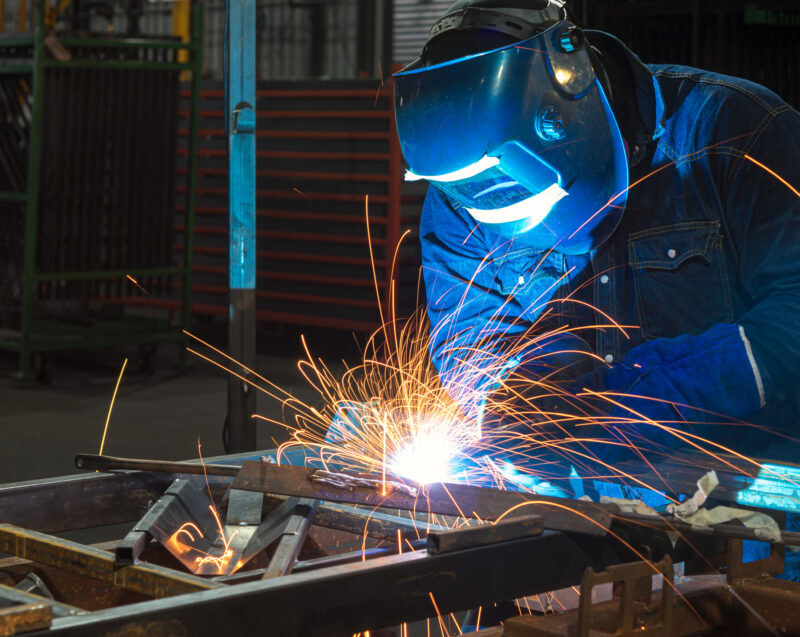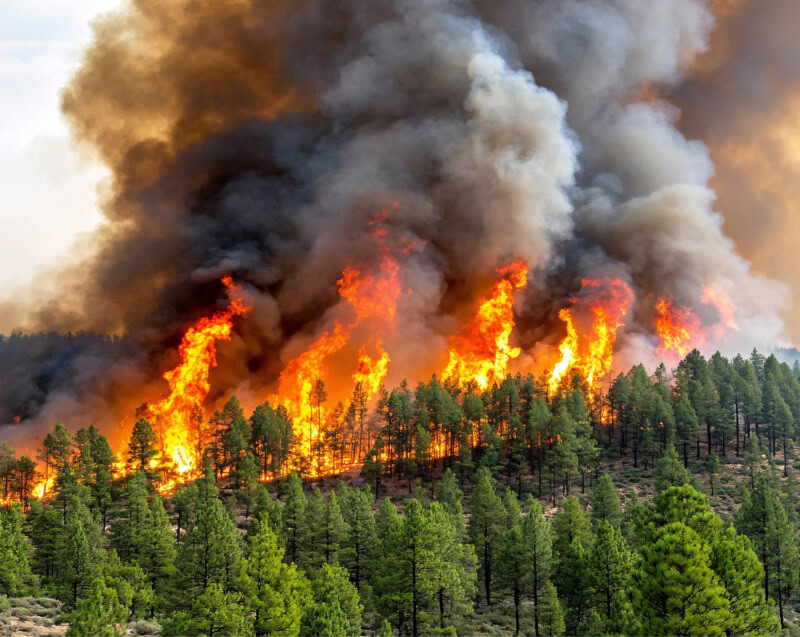Each year, hot work-related fires cause dozens of avoidable deaths and injuries. According to the National Fire Protection Association, these incidents are also responsible for nearly $500 million in direct property damage annually. Fortunately, studies show when workplaces conduct risk assessment, hazard recognition, and exposure control processes, fires and other dangerous events can be prevented. Our health and safety experts are sharing general tips below to help mitigate potential hazards:
Recognize and assess: Operations involving hot work, such as welding or cutting, may create fires, flash fires, explosions, or other thermal hazards when sparks ignite adjacent fuels (e.g., flammable or combustible liquids; gases; dry goods; or oxidizers). According to OSHA standards, workplaces should conduct a proper hazard assessment and either remove or control adjacent fuels before beginning any hot work to help avoid potential ignition risks. Employees should never conduct hot work outside of a permitted space, unless a thorough assessment is completed. In permitted spaces, hot work technicians should remain aware of their surroundings to ensure established procedures are applicable and maintained.
Control: After determining the hazards that are present, workplaces should then take steps to eliminate or minimize these risks. This may include removing or protecting adjacent fuel sources; controlling spark or heated elements’ emissions; posting signage; or improving ventilation.
Evaluate: Workplace conditions can quickly change or become unstable. Therefore, employees involved in hot work activity should regularly assess their surroundings and evaluate established controls. In addition, employers should ensure workers involved in hot work operations are properly and regularly trained on fire hazards and the use of firefighting equipment.
When performing hot work, employees should always wear the proper personal protective equipment. Workplaces should also make fire-extinguishing equipment immediately available and ready for use. For additional, site-specific guidance on how to protect workers from hot work-related hazards, contact our team at webquestion@cteh.com.




